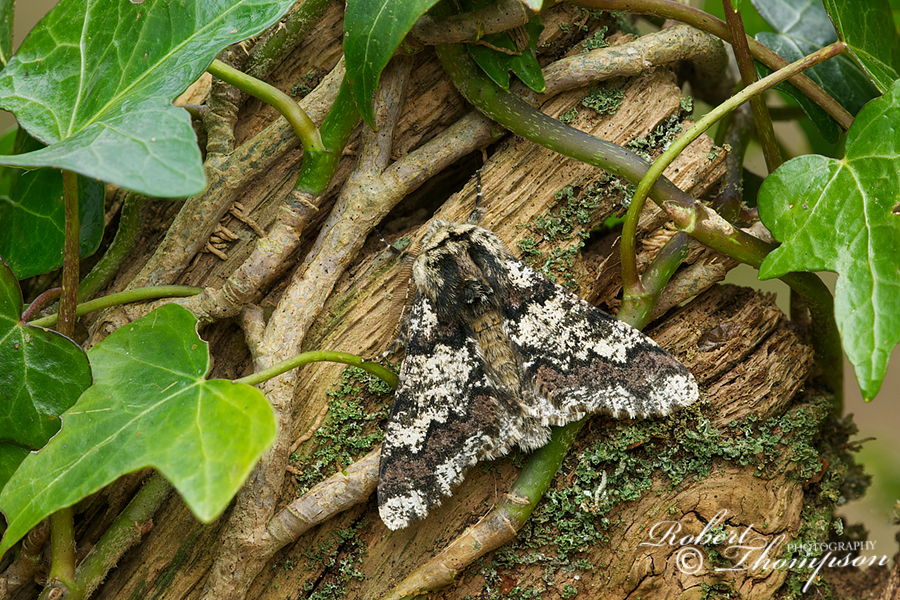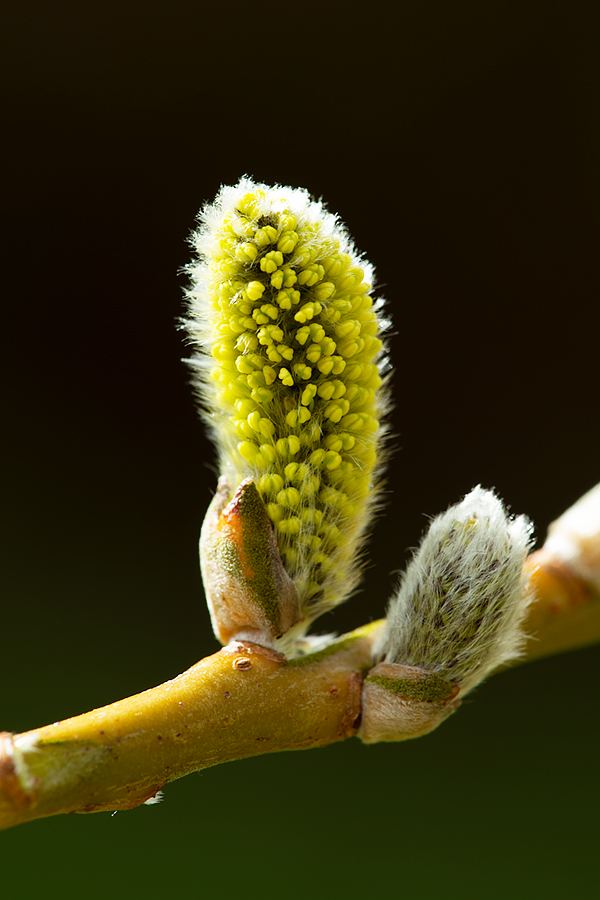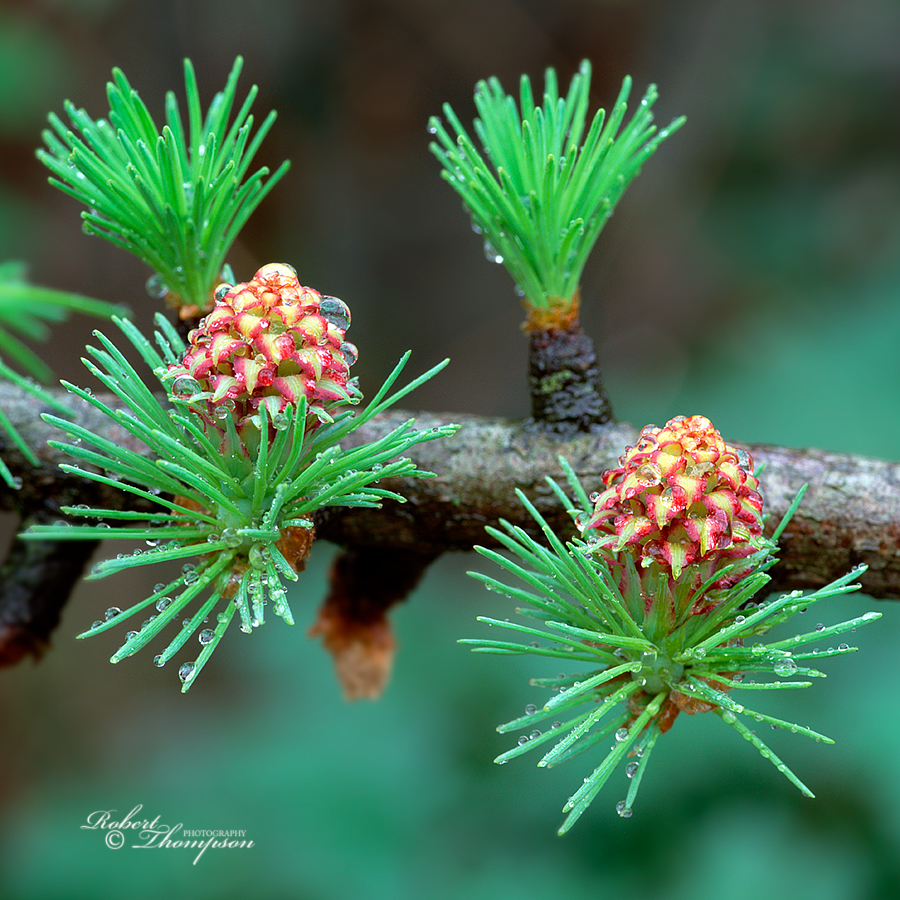March Macro Matters
MARCH 2021
It’s been a challenging winter for everyone with restrictions in place throughout the country. Travelling to many of my usual haunts and running workshops has been on hold since lockdown towards the end of last year. However, it has allowed me to catch up on editing, article writing making a dent in the to-do list that has been accumulating.
Although there are restrictions in place, most people have locations nearby that they can visit even throughout the winter months and still find subjects to photograph. As most of you know I live close to a stretch of woodland that occupies part of a river valley. It has a great diversity of subject material throughout the year. Since it’s been more difficult to travel any distance, I have reacquainted myself with the wood a lot during the past several months.

Oak Beauty Biston strataria
March sees the beginning of spring and the seasonal rebirth of the landscape. Moths begin to appear some from hibernation and others that are associated with this time of the year. The Oak Beauty is a remarkable and unmistakable moth. It is easily recognised by the bilateral brown bands. It is a species associated with mature oak woodland but is also found in other well established mixed woodlands.
The Oak Beauty is one of the largest and prettiest moths to emerge in early spring. It often rests on branches and the trunks of trees during the daytime. The mottled pattern on the wings resembles a lichen mosaic and when resting on trunks with the remnants of lichens it can be difficult to spot. Using a wideangle lens helps to set the moth in context with its environment.
Nikon D3X, 24-70mm lens, @ f/11, ISO 200, tripod.

Oak Beauty Biston strataria
Nikon D3X, 200mm macro lens, @ f/11, ISO 200, tripod.

Blackthorn Prunus spinosa
Blackthorn is one of the first flowers you see decorating the hedgerows their pretty white flowers make excellent subjects for photography. Many of the willows put on a fine display of catkins as well as the countryside begins to colour up as spring advances. The blossoms give way to the jades of green shoots. The catkins which vary in colour and shape depending on the species are worth experimenting with.
Blackthorn is one of my favourite spring flowers. It livens up the hedgerows with its small white blossoms adding colour to the roadside margins and fields. Using a long focal length macro lens allows me to keep the background well diffused making the subject stand out.
Nikon D810, 200mm macro lens, @ f/5.6, ISO 100, tripod.

Pussy Willow Salix species
Spring is the time for willows to display their vibrant rich-coloured catkins. They come in a range of shapes and colours. In this case, I was able to take advantage of the directional light ensuring that the subject was slightly backlit.
Nikon D850, 200mm macro lens, @ f/11, ISO 100, tripod.

Hybrid Larch flowers Larix x euroiepis
Larch trees are the only species of coniferous tree that shed their leaves in winter. During March and April, sees the emergence of the male and female flowers on the same tree which is referred to as being monoecious (having the male and female reproductive parts on a plant or animal). The female flowers are more colourful and are worth photographing. They are often red but vary in colour.
These flowers are easy to spot on the trees as the developing leaves start to emerge. The rain in this case added an extra dimension to the shot, which is an old image photographed some time ago but remains one of my favourite images.
Mamiya 645 Pro, 120mm macro lens + extension tubes, Fuji Velvia, tripod.
.

